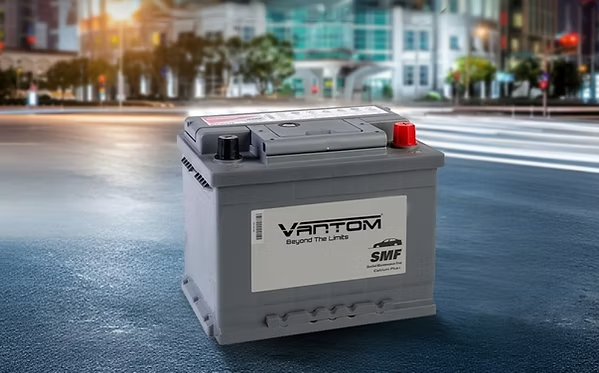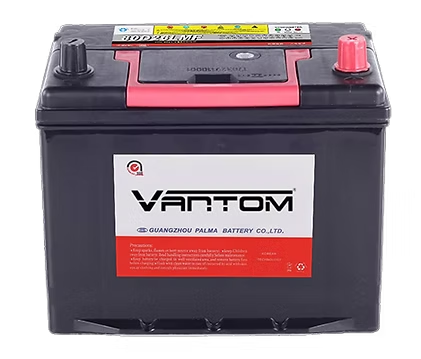

What are the three main types of lead-acid batteries?
What does CCA stand for, and why is it important when choosing a car battery?
When should you consider replacing your car battery?
What are some tips for maintaining the health of your car battery?
How can you test the voltage of your car battery?
What type of battery is recommended for hybrid and electric vehicles?
Why is it important to recycle car batteries?
Introduction
Battery Types: Understanding Your Options
Key Factors to Consider
Additional Tips for Battery Care
Understanding Battery Health and Testing
Choosing a Battery Based on Your Vehicle’s Needs
Battery Disposal and Recycling
Conclusion

It is sealed and requires no maintenance.

While less common in traditional cars, lithium-ion batteries offer higher energy density, faster
charging times, and longer lifespans. They are increasingly used in hybrid and electric
vehicles.
CCA (Cold Cranking Amps): This rating indicates the battery’s ability to start your car in cold
weather. Higher CCA ratings are essential for colder climates.
RC (Reserve Capacity): This measures the battery’s ability to provide power for accessories
when the engine is off. A higher RC rating is beneficial if you frequently use accessories like
headlights, power windows, and audio systems.
Group Size: Car batteries are classified by size, ensuring a proper fit in your vehicle’s
battery tray. Refer to your car’s owner’s manual to determine the correct group size.
Battery Age: Over time, batteries degrade, losing their ability to hold a charge. If your
current battery is more than three years old, it may be time for a replacement.

Maintenance Requirements: Consider your lifestyle and driving habits. If you frequently drive
short distances or live in a cold climate, a maintenance-free or AGM battery might be a better choice.
Brand Reputation: Research reputable battery brands known for their quality and reliability.
Look for brands with a strong track record and positive customer reviews.
Warranty: A good warranty provides peace of mind and protects your investment. Consider
batteries with longer warranties and check for prorated coverage options.
Regular Inspections: Periodically check your battery’s terminals for corrosion and tighten
them if necessary.
Avoid Overcharging: Excessive charging can shorten your battery’s lifespan. Use a battery
charger with automatic shutoff features.
Proper Storage: If storing your car for an extended period, disconnect the battery and store
it in a cool, dry place.
Consider a Battery Tender: For long-term storage or occasional use, a battery tender can
maintain your battery’s charge and prevent sulfation.

Voltage Testing: Use a voltmeter to measure your battery’s voltage. A fully charged battery
should typically read between 12.4 and 12.8 volts.
Load Testing: Load testing simulates the strain on your battery when starting the engine. A
professional mechanic can perform this test to assess your battery’s health.
Specific Gravity Testing: For flooded batteries, measure the specific gravity of the electrolyte
using a hydrometer. This test determines the battery’s state of charge and overall health.
Daily Drivers: For daily commuting and regular use, a maintenance-free or AGM battery
is generally sufficient.
Heavy-Duty Vehicles: If you drive a truck, SUV, or other heavy-duty vehicle, consider a battery
with a higher CCA rating to handle the increased starting load.
Extreme Conditions: If you live in a region with harsh winters or experience frequent power
outages, an AGM battery with a high CCA rating and good reserve capacity is recommended.
Hybrid and Electric Vehicles: These vehicles require specialized batteries with high energy
density and fast charging capabilities.

Proper Disposal: Lead-acid batteries contain hazardous materials and should be disposed
of responsibly. Many auto parts stores and recycling centers offer battery recycling programs.
Environmental Impact: Recycling batteries helps conserve resources and reduce
environmental pollution caused by lead and other harmful substances.
